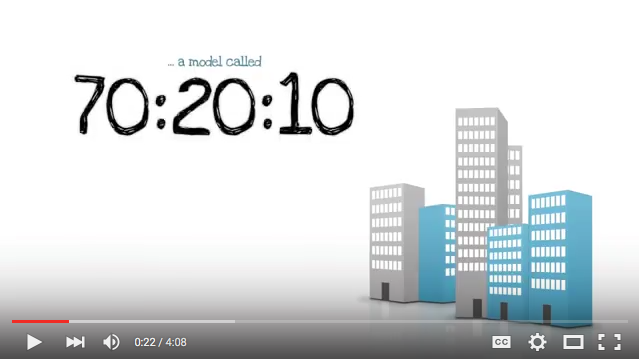At What Point In A Training
Does A Learner Stops
Paying Attention?
Neurologists all give slightly different answers but the average appears to be around 7-20 minutes.
So with an hour long training session, unless you keep learners interested or do something different in that hour to bring their back to the session, you can expect the learner will miss out on a lot of information.
Unless you create smaller sections of time and facilitate the training, you have probably done nothing more than tick the box that you have trained staff (or some of them) on a topic required for your contracts.
But there will be few benefits to the care being given or to saving you time by caregivers knowing what to do and doing it right.
How And When Should You Stimulate Interest?
Every 10 minutes you should have an exercise, stimulate discussion or provide a quiz.
Do something that is going to help your staff sit up and take notice again or bring their attention back.
With Care Training Online, you can pause the video and discuss a real situation or stimulate with some form of question.
Why Is Group Learning Better Able To Stimulate The Learner?
“Every time something changes in the training room, you reboot the learner’s attention AND increase their retention of information and decrease difficult learner behaviours” says Derek Rowe a Melbourne based training consultant.
This is where you come in. How can you reboot your learners to retain what they have learned? What do you need to do to stimulate the learner?
For me the most logical way is to discuss a person in your care that maybe be causing a problem or may have had a problem solved.
It could also be a complaint that was received: retrace the steps in the restraint process to see at what point it went wrong and became a problem.
When people relate training to personal experiences or stories, the retention is greater.
REMEMBER: All stage plays and films have a director. Running a training session is just the same. YOU are the director.
So when teaching your caregivers, the best way to get a person to learn and retain information is to “Provide them with real life experiences that become indexed in their memory. Comprehension comes when the learner draws inferences that are relevant and correct,” say Jenny Swain, Educator and Learning Designer.
For all of you who are struggling with caregivers doing things wrong or you are continually fighting fires, the only solution is to invest in learning and development for you staff.
As I said earlier, abdication of this responsibility and ticking the box to satisfy auditors will not save you time; it will compound your problem.
Take a look at this video to help understand how people learn. It really puts it into perspective..
